Pickles to Relish book recipe
cindy-6b/7a VA
10 years ago
Related Stories
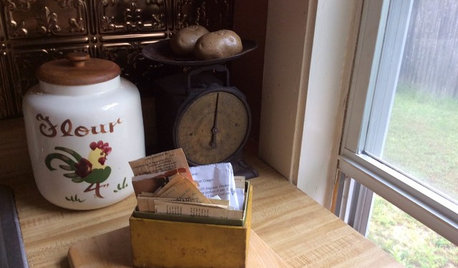
KITCHEN DESIGN5 Home Cooks Share Their Favorite Family Recipes
Peek inside the kitchens of these Houzz users and learn how to cook their time-tested, passed-down dishes
Full Story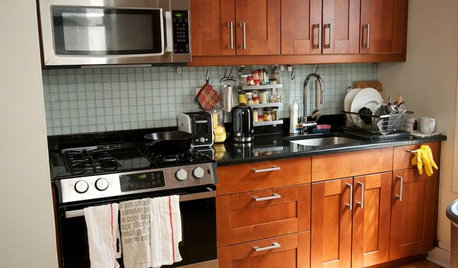
KITCHEN DESIGNKitchen of the Week: A Cooking Maven's Small Kitchen
A food blogger shows that an amazing meal can be whipped up in any size kitchen with the right tools, storage and attitude
Full Story
FEEL-GOOD HOMESimple Pleasures: Make Do and Mend
Experience the satisfaction of fixing, repurposing and creating things yourself around the home
Full Story
WINTER GARDENINGPruning Secrets for Exquisite Roses
Encourage gorgeous blooms year after year with this time-tested advice on how to prune your rosebush in winter for health and shape
Full Story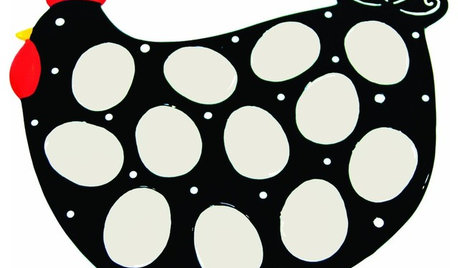
PRODUCT PICKSGuest Picks: Egg Platters to Keep Those Devils in Their Place
You just might cluck with delight over these perfectly portioned egg plates for Easter and beyond
Full Story
DECORATING GUIDESDip Into Chartreuse for Intoxicating Interiors
Somewhere between green and yellow lies alluring chartreuse, a visually powerful, amazingly versatile color for interior designs
Full Story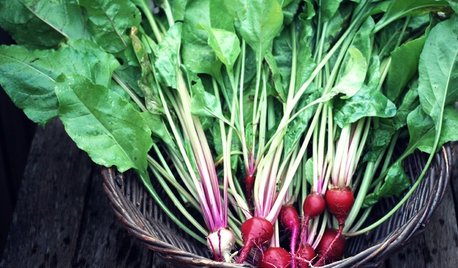
EDIBLE GARDENS8 Last-Minute Additions to a Summer Edible Garden
It’s not too late to get these vegetables and herbs planted for a bountiful harvest this year
Full Story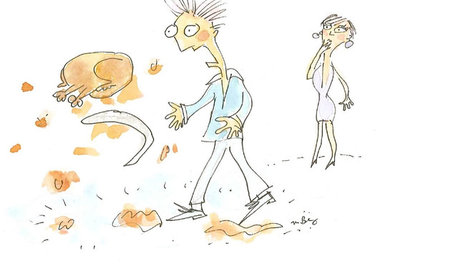
MOST POPULARThanksgiving Tales: When the Turkey Tanks
Houzz readers prove adept at snatching victory from the jaws of entertaining defeat
Full Story
ENTERTAININGSummer Living: How to Welcome Weekend Guests
Thoughtful touches and smart planning make summer visitors feel right at home
Full Story
HOLIDAYSHouzz Call: Share Your Personal Holiday Traditions
What winter rituals mean the most to you and yours? Post your stories and pictures
Full StoryMore Discussions






digdirt2
cindy-6b/7a VAOriginal Author
Related Professionals
Lyons Landscape Architects & Landscape Designers · Suffern Landscape Architects & Landscape Designers · Waunakee Landscape Architects & Landscape Designers · Brookside Landscape Contractors · Bell Gardens Landscape Contractors · Del Aire Landscape Contractors · Fort Myers Landscape Contractors · Golden Gate Landscape Contractors · Hawthorne Landscape Contractors · Whittier Landscape Contractors · Greenwich Roofing & Gutters · Wichita Roofing & Gutters · Ahwatukee Roofing & Gutters · Columbus Roofing & Gutters · Fairfax Driveway Installation & Maintenancedigdirt2
cindy-6b/7a VAOriginal Author
2ajsmama
readinglady
digdirt2
readinglady
digdirt2
malna
readinglady
cindy-6b/7a VAOriginal Author